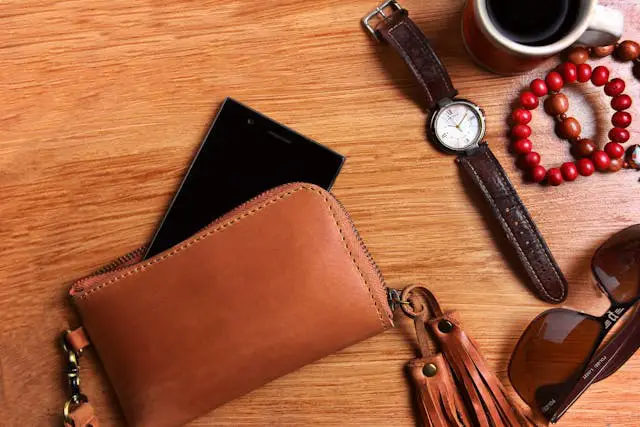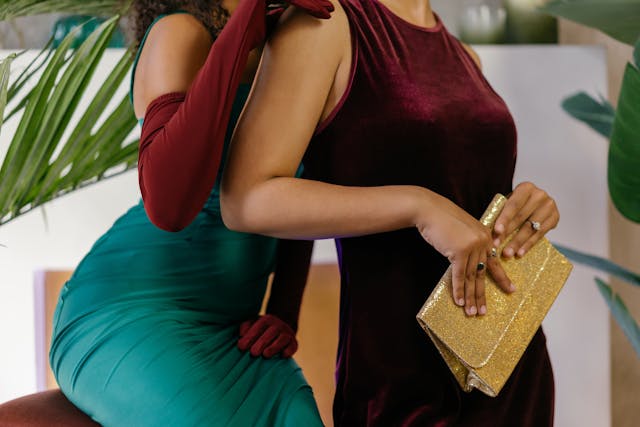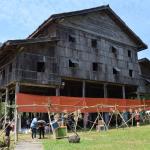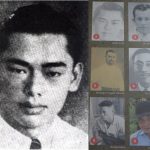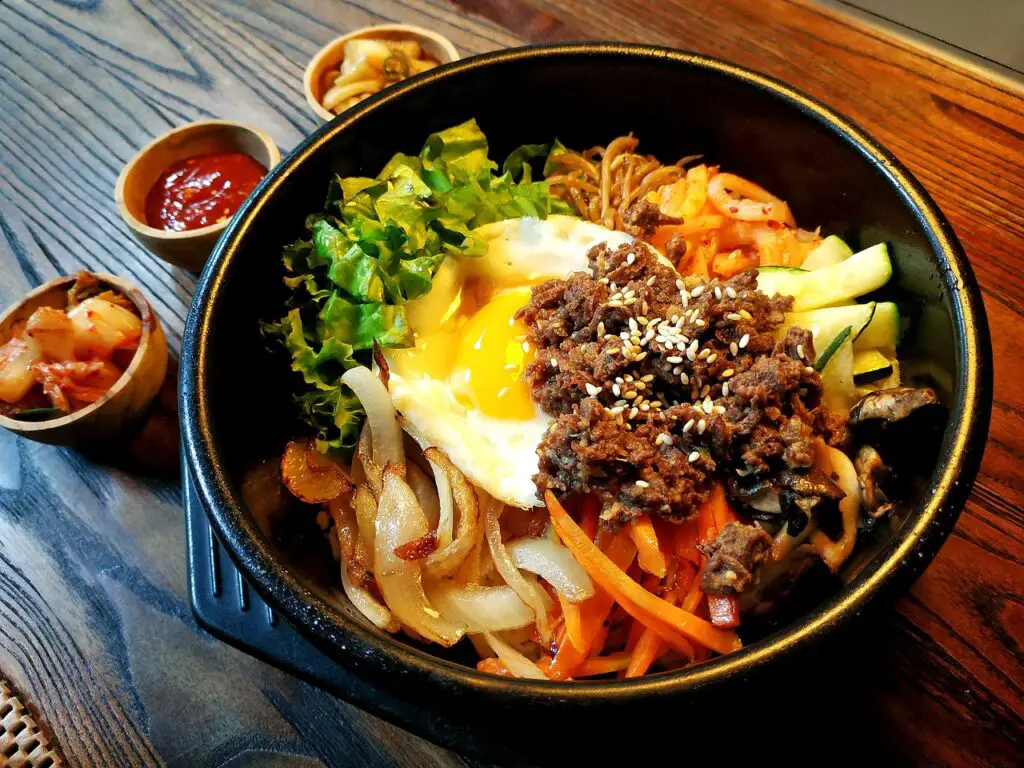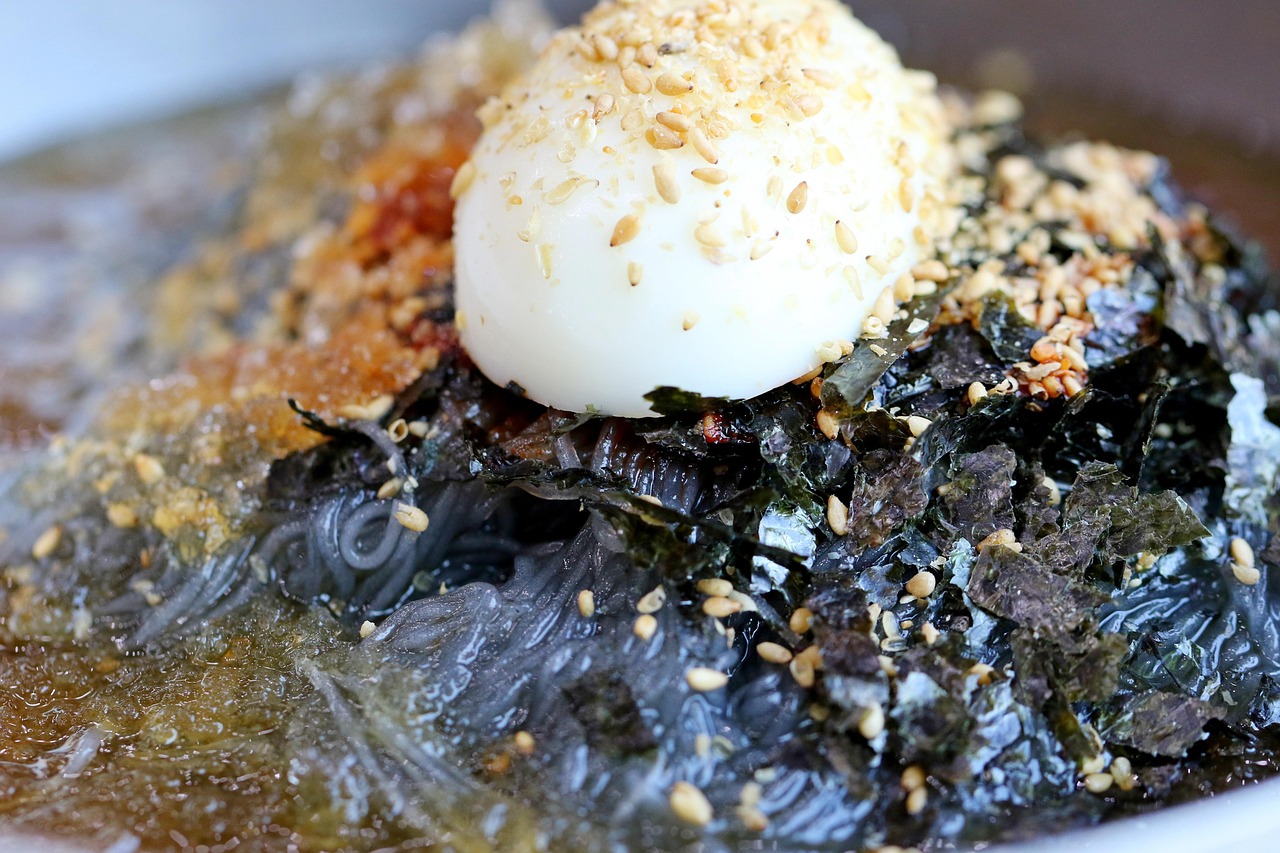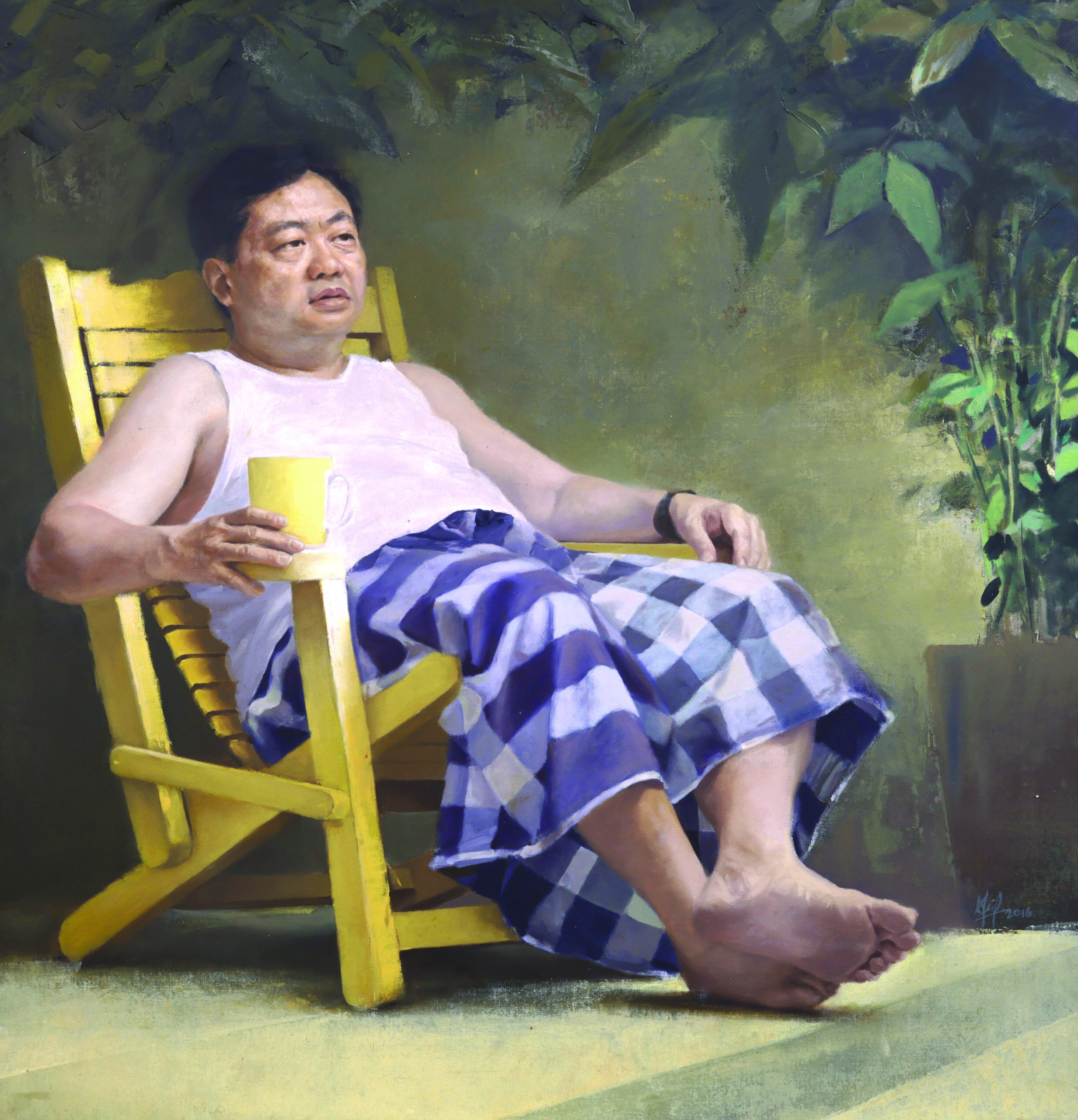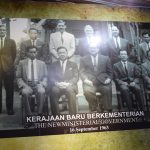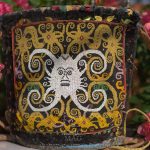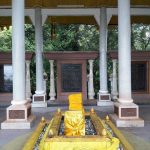Tennis player Maria Sharapova once said, “I want my handbags and my shoes to be stylish but I want to make sure that they’re versatile. I travel and I have to make sure the pieces I put into my bag can go with a dress or with shorts or jeans.”
Surely, there are many women out there who can relate with Sharapova when it comes to handbags. We’re not just carrying small everyday items anymore, we’re carrying our work essentials like our smartphones, our tablets, our notebooks, and even our power banks!
Nowadays, a handbag needs to be practical without sacrificing fashion.

If you are stuck when it comes to choosing a handbag, here is a guideline of what types of handbags out there will suit all your uses.
1. Tote bag
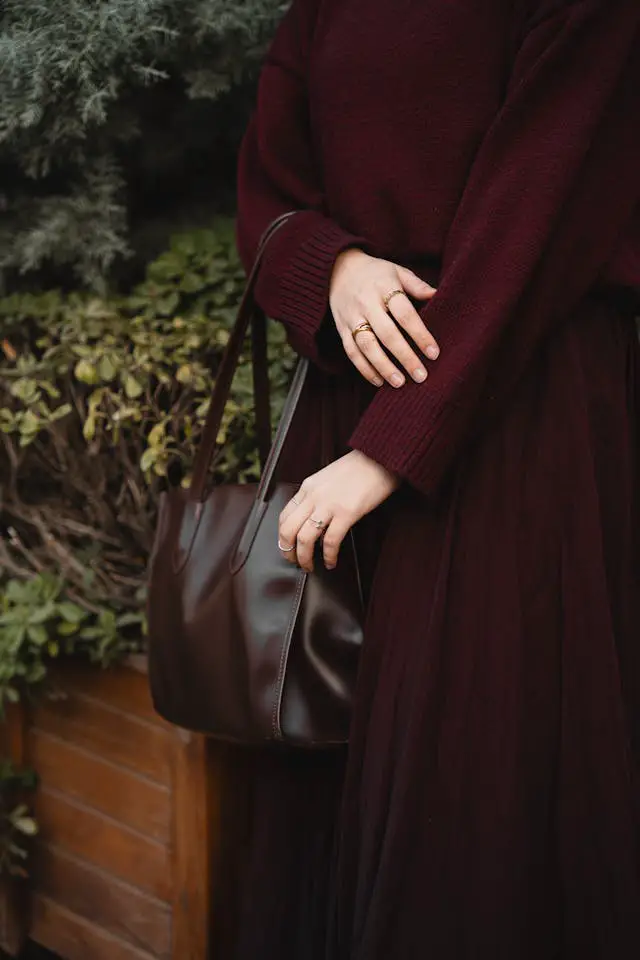
If it is a large bag with a wide mouth which usually comes unfastened or at least with a single magnetic closure, that is what they call a tote bag.
The word ‘tote’ means ‘to carry’ and can be traced back to the 17th century, but it wasn’t until the 19th century when the tote bag itself became a thing.
Tote bags can look totes sleek (think the Birkin bag), smart casual (like the slouchy tote bag) or great for a day-trip at the beach.
Apart from being widely used as a day bag for work, a tote bag is also the best on-the-go bag for a shopping trip.
It is simply because you can stuff everything inside.
2. Bucket bag
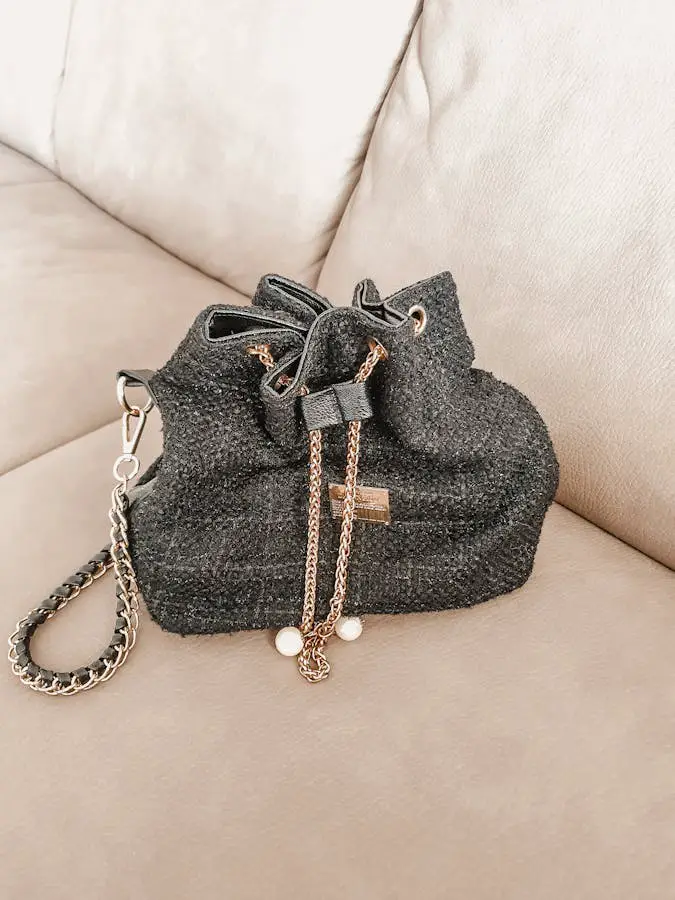
As the name goes, a bucket bag is shaped like a bucket with a stretchable opening. It’s usually fastened with a tie and makes quick work of opening and closing instead of a zip.
If you are opting for more of a casual look, the bucket bag is perfect for you.
It looks less polished than the formal-looking tote bag but it’s single compartment and its barrel-shape makes it easy for you to toss in a lot of things, including odd-shaped objects like a water bottle.
3. Cross-body bag

This bag comes with a long, sturdy strap that enables it to be worn across the body.
The perfect cross-body bag should be able to fit your necessities such as your wallet, smartphone and some makeup essentials such as compact powder and lipstick.
This is perfect for the girl who wants some freedom of movement and needs to keep their important things close.
4. Wristlet
A wristlet is an upgraded version of a clutch which allows you to keep strictly to your essentials.
It comes with a straplet for you to loop around your wrist and is perfect for you to bring out for a night on the town and dance freely.
5. Hobo
A hobo bag is a crescent-shaped handbag made from soft, slouchy materials and a single strap.
It’s called a hobo bag because it looks like the shape of the bundle on a stick that you see hobos in cartoons carry over their shoulder.
It is perfect for those who are not fans of rectangular or squarish-looking bags and prefer something with softer material.
6. Evening clutch
A clutch is what you need to complete your evening look. It is a bag that you simply need to ‘clutch’ onto during a formal dinner.
Pick a simple black or gold clutch for a timeless style or go wild with a pop of colour.
Invest in a good quality clutch because this is one fashion item we could use over and over again.
How many times do we get to wear our evening gowns anyway?
Are you looking for more fashion inspiration? Here are 10 K-dramas to watch for some fashion-inspo.



